There has been a skills shortage in IT for many years.
As we start 2023 and many embark on brand-new projects, I wanted to look into the forces driving this shortage and, more importantly, what strategies leaders can take to overcome this skills challenge.
Despite a recent survey that paints an uninspiring picture of IT as a career, there is still hope for businesses looking to nurture and attract talented professionals. With the proper strategies in place, exciting opportunities can be extended to those interested in pursuing technology-based roles – learn more about how by reading the feature article with three practical steps!
Why Do Software Projects Fail?
As the CIO it is your responsibility to be aware of what can derail a software project, detect these when they start to occur and then take action.
As the person with the CIO job, it is expected that you’ll manage an IT department that can successfully complete software projects in order to show the company the importance of information technology.
However, this is not always the case. In fact, sometimes the software projects that our department are working on fail – and may even fail spectacularly. As the CIO it is expected that you will be the one who keeps an eye on things. When a project starts to get in trouble, it is expected that you’ll be the one who steps in and fixes things. However, you can’t do this if you don’t know what to look for.
As the CIO, you need to make sure that you fully understand why software projects fail.
A New Survey Finds Increasing Business Impact Of Data & AI Executives
Data has taken over from hardware and software as the centre of everything “computing”.
Data is eating the world. Or as Tom Davenport and Randy Bean write in their forward to a just-published survey,
“Data, and the ability to make sense of it, has been one of the greatest drivers of innovation in both business and society in recent decades, and a primary driver of economic success in the 21st century.”
Here are some of the key findings:
43.3% of CDO/CDAOs report to the President/CEO or COO, 55.6% report to a business rather than technology function, and 27.4% still report to the CIO (as most early CDOs did).
The Future of Artificial Intelligence
Artificial intelligence is an essential topic for every business leader to understand.
AI Taking Over the World
Artificial intelligence (AI) is an essential topic for every business leader to understand. It already has a significant impact on our daily lives, and the future of AI suggests it will only become more prevalent. Artificial intelligence can improve our lives, such as personal finance, medical diagnosis, and product development.
However, it’s also being used by malicious actors to steal sensitive data, attack other businesses in the marketplace, and even take your life away.
Whether you’re already aware of the efforts toward AI safety or are just becoming familiar with the term, you should know how AI is already impacting your business and what new challenges it may bring.
This article covers everything you need to know about artificial intelligence — how it works today, its potential uses and consequences for business leaders today, and where it’s going in the future.
Report highlights growth of process intelligence use
A new report examines the growth of process intelligence use by enterprise leaders. Learn practical and actionable tips for a successful implementation.
Imagine all the processes in your organisation — finance, accounting, IT, supply chain, HR and customer service. The sheer number of business tasks is daunting.
While you want to improve your operations continuously, how can you do it at scale? Interviewing hundreds of people, manually documenting workflows and monitoring employees are inefficient and not comprehensive. As a result, enterprise-wide process transparency has remained virtually impossible.
To gain more visibility, enterprise leaders are turning to process intelligence as a means of optimizing business operations, reducing costs, improving efficiencies and enhancing the customer experience.
2023 could be the year for large language models
While it’s easy to get lost in the AI craze, it’s important to understand the realities of where this technology fits in the context of the broader tech environment.
The launch of OpenAI’s ChatGPT has the world abuzz about the advanced capabilities of artificial intelligence (AI). How will it transform industries?
What does it mean for Google Search? And will it automate away entire professions?
These are just a small sampling of the questions many have been asking about the possibilities. But while there are several unknowns about the impact of this technology, one thing is all but certain: 2023 will be the year for large language models (LLMs).
Many applications for LLMs, like assistive writing and summarization tools, are already here and beginning to change the nature of work as we know it — and will become much more mainstream very soon. But the form that this mainstreaming takes and how it will be implemented remains an outstanding question. Here is what the next year could bring.
Article by @TTBusinessTech
“Water, water, everywhere, nor any drop to drink.”
This line from Samuel Taylor Coleridge’s The Rime of the Ancient Mariner could just as easily apply to CIOs seeking to fill crucial spots in their IT organizations. The world may seem full of systems engineers, network specialists and IT generalists, but when it comes to critical roles like cloud architects, cybersecurity specialists or agile developers, there’s hardly “any drop to drink.”
THE DIGITAL EYE
I hope these articles are valuable.
I am passionate about technology, and I want to share that passion with you. I believe that it’s essential for everyone to stay up-to-date on the latest trends, so I’ve set out to cover all aspects of the industry – from data analytics to blockchain and AI.
Please let me know if you want to see any other topics covered, and I would appreciate your help sharing this blog with others interested.



